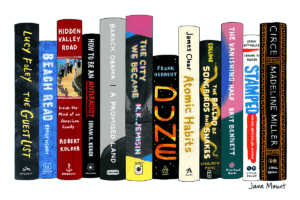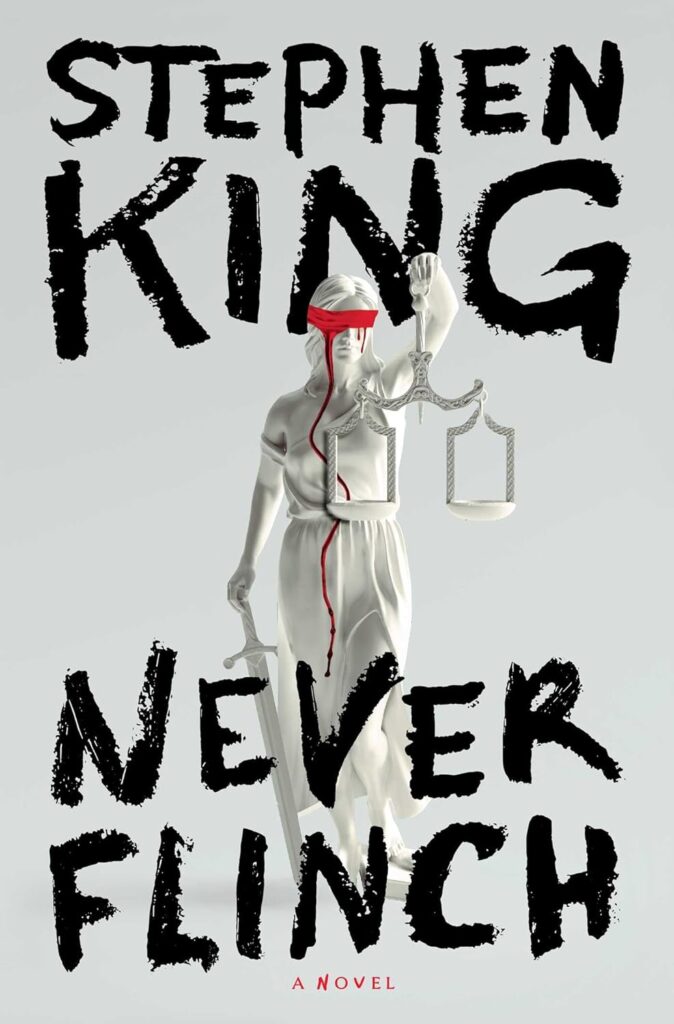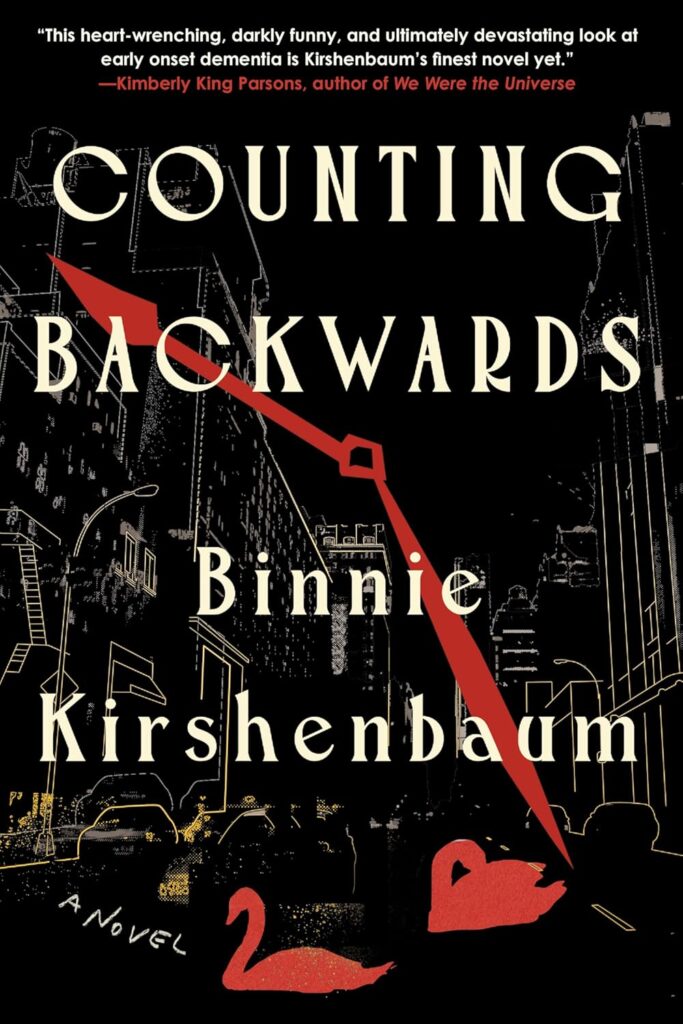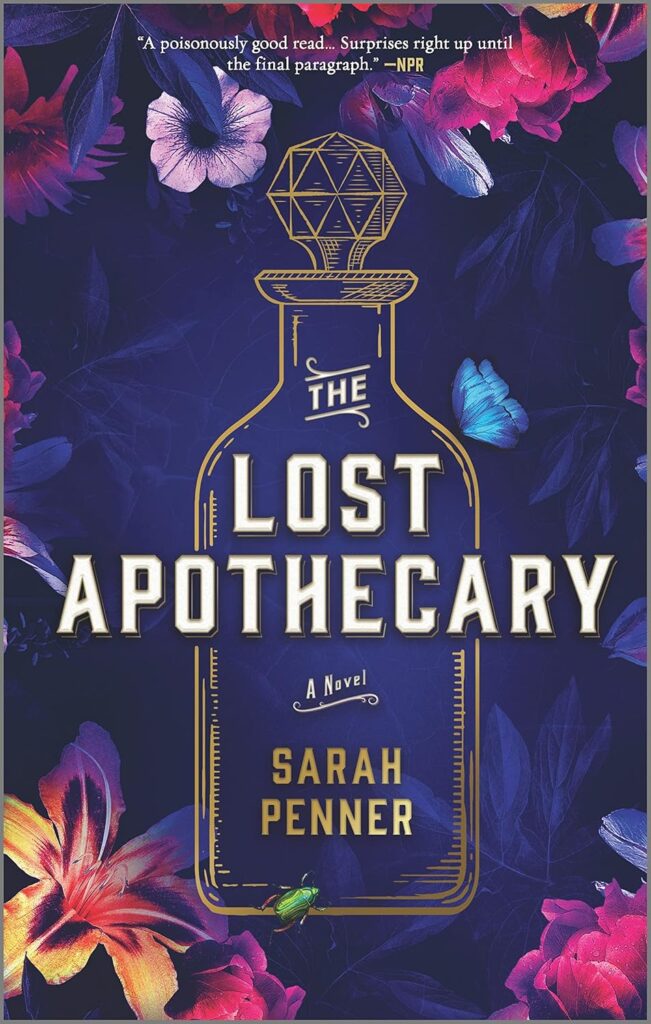Picture, if you will, Tom Wolfe—an American journalist in a blinding white suit, typing furiously with the zeal of a caffeinated oracle on a deadline. Ah, but Tom Wolfe was never content to be just another reporter chewing bubblegum in the press box. No, no. He gleefully rewrote the rules, tossing bland objectivity out the window and ushering in New Journalism with a panache matched only by the vibrancy of his prose (and his wardrobe—seriously, who else could make the seersucker suit legendary?).
Wolfe’s words gallop, twirl, and sometimes do a little soft-shoe on topics others dared not dress up. The Electric Kool-Aid Acid Test crashed headlong into the counterculture. The Right Stuff made astronauts admirable and a tad absurd. And The Bonfire of the Vanities—well, let’s just say it roasted New York high society with the kind of flamboyance that would make Gatsby blush.
Decades after those first wild bylines, tom wolfe’s influence is stitched into the very fabric of modern journalism and fiction. He’s a name you can drop at literary cocktail parties for instant credibility (or confusion, if your audience is more into TikTok than typewriters). Still, year after year, his keen observations, sly humor, and gleaming white suits remain just as peculiar, just as brilliant, and just as necessary. After all, who else could transform social status into high theatre—without ever breaking a sweat?
Early Life and Education of Tom Wolfe
Tom Wolfe didn’t slide onto the literary stage in a white suit (that came later). No, young Tom began his story in Richmond, Virginia—a city draped in sticky summers, magnolia blossoms, and genteel Southern manners so thick they’d gum up the gears of any passing locomotive. Wolfe’s early days mirrored the slow burn of Virginia heat: genteel, dignified, yet quietly simmering with curiosity that threatened every so often to spill over the fine china.
Richmond Roots: A Peculiar Upbringing
Picture this: Tom Wolfe, born Thomas Kennerly Wolfe Jr., arriving on March 2, 1930, to a well-heeled household brimming with the genteel trappings of old Virginia. His father, Dr. Thomas Wolfe Sr., wasn’t one to rest on tradition alone; he was an agricultural scientist—a man who could discourse at length about soil acidity at the drop of a hat. Tom’s mother, Helen, shelved her medical dreams (temporarily, she thought) to raise her son, no doubt trading anatomy textbooks for bedtime stories and casseroles. Wolfe’s upbringing, detailed in sources like the Chicago Public Library’s biography, gave him a front-row seat to Southern formality and the quirks hiding beneath polite conversations.
He attended St. Christopher’s, a private Episcopal school in Richmond, where the collared shirts were pressed and the manners pressed even tighter. The future chronicler of American excess first cut his teeth in debates that made sense to no one but Southern aristocrats and, perhaps, bored schoolmasters. That school, with its air of privilege and ritual, left a mark that would shine bright—and sometimes ironically—in his later work.
Washington and Lee: Learning (and Playing) the Part
After perfecting the art of well-mannered rebellion in Richmond, Wolfe took his show to Washington and Lee University. There, he polished his writing at the student newspaper, The Ring-tum Phi. Wolfe did not merely dip his toes in school spirit; he swan-dived. Not content with just ink-stained journalistic exploits, Wolfe joined the baseball team as a pitcher, channeling his restlessness into fastballs and clever prose in equal measure.
These college years did much more than fill him with stories of fraternity shenanigans and academic navel-gazing. Wolfe graduated in 1951, cum laude—clever boy—and left with a taste for high drama and a penchant for exposing human foibles, both of which would feed the bonfire of his later fiction. For those keeping score at home, his alma mater is still fiercely proud of Wolfe, perhaps because no other graduate ever made seersucker so synonymous with intellect and satire.
Yale and the Seeds of Literary Mischief
Ah, but every Southern gent with literary aspirations must eventually wander north, must he not? Wolfe stepped gingerly out of Virginia’s gentle embrace and sauntered into Yale’s American Studies program. At Yale, he didn’t just blend in—he stuck out like a paisley tie at a Quaker meeting. He earned a Ph.D. in American Studies in 1957, focusing on his dissertation, which, rumor has it, used more adjectives than most scholars would dare.
At Yale, Wolfe developed a keen eye for social observation—and for poking fun at the pomposity that so often clings to “serious” academia. His studies, exams, and late-night coffee sessions formed the backbone of the social criticism he’d later unleash with such glee. For more detail on these formative years, Britannica’s biography of Tom Wolfe provides a brisk (and ever-so-official) account.
Influences and Early Aspirations
Wolfe’s upbringing and academic adventures were less about learning rote facts and more about observing the pageantry of human behavior, from the drawing rooms of Richmond to the libraries of Yale. He watched, he scribbled, he learned to wield irony like a velvet hammer. His early career choices—though shaped by orderly classrooms—were fired by a desire to disrupt, subvert, and make merry with the written word.
All the while, Wolfe’s mind hummed with the possibilities of storytelling. He would soon take those lessons from Richmond and Yale, lace them with satire, and unleash them on an unsuspecting American public—white suit and all. To peek deeper into those early years and Wolfe’s march toward literary greatness, the Achievement.org profile on Wolfe offers more color on his path.
If you ever wondered where Wolfe’s trademark wit and sharp social eye sprang from, now you know: it started on sun-splashed Virginia porches and grew stronger under the gothic arches of New Haven. Only one thing was certain—the world (in all its unapologetic, status-clutching glory) would never look quite the same again.
Tom Wolfe and the Birth of New Journalism
Before Tom Wolfe, journalism was a bit like a starchy dinner party where everyone addressed each other as “Mister” and conversation never strayed far from the roast beef. But then Wolfe banged open the doors, waltzed in wearing that ice-cream-white suit, and rearranged the silverware with literary fireworks. He didn’t just report—he paraded, narrated, and poked fun until American magazines and newspapers had no choice but to liven up or look dull by comparison. Wolfe’s world-champion knack for storytelling transformed journalism forever, launching what became known as New Journalism and inspiring readers, writers, and a few scandalized editors.
Signature Style and Techniques: Detail Wolfe’s distinctive use of literary devices, satire, and attention to detail. Include examples from his famous early magazine pieces.
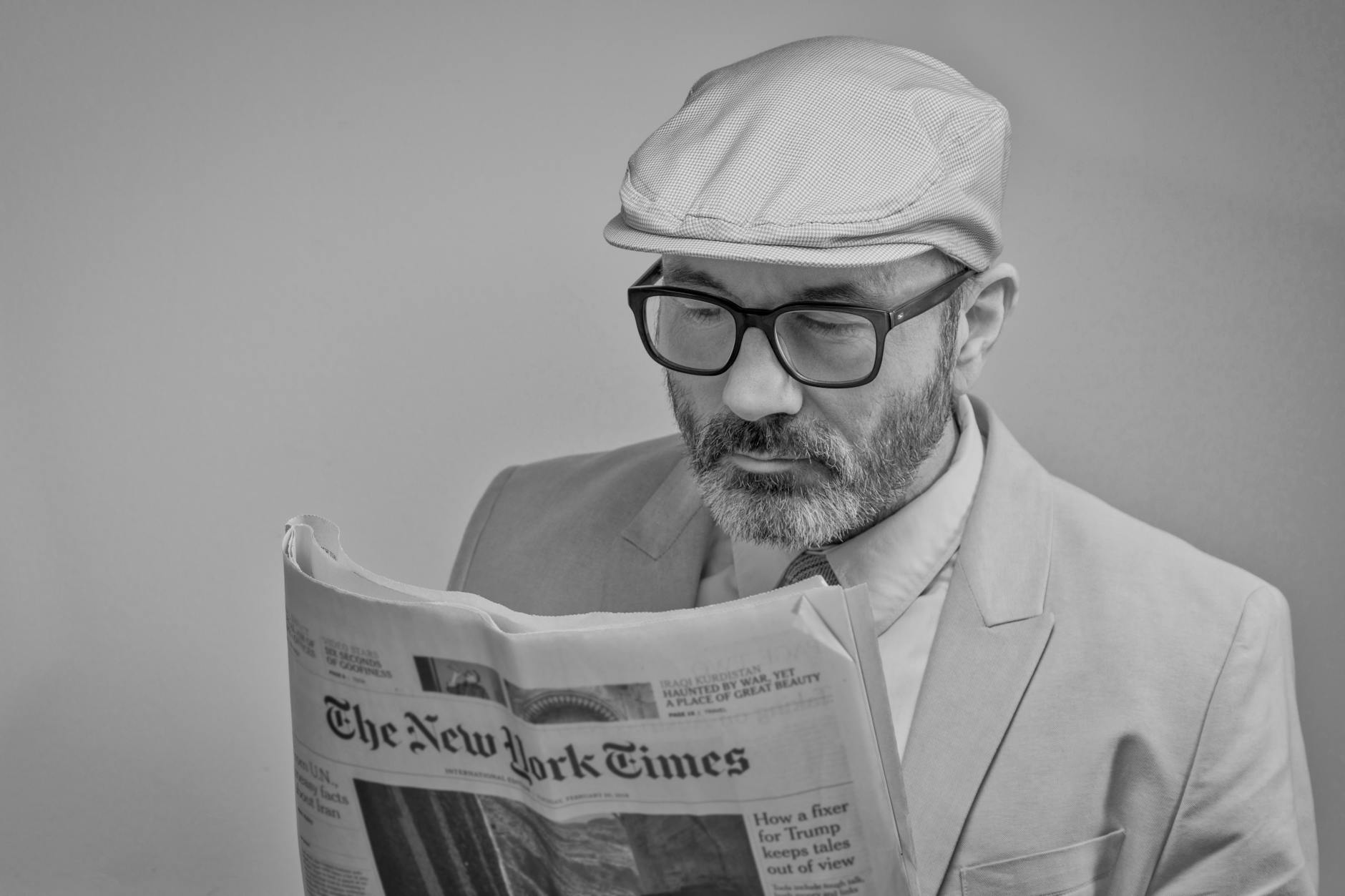 Photo by mali maeder
Photo by mali maeder
Wolfe’s prose bounced along with more zigs and zags than a fox in a henhouse. Every paragraph felt alive. Instead of the drab, “who-what-when-where-why” sludge, Wolfe’s writing shimmered with color—suddenly, journalism felt less like a chore and more like a vaudeville act with a ringside seat.
So, what made Wolfe’s style so marvelously odd? Let’s break it down, in proper Wolfe-ian fashion:
- Scene-by-Scene Construction: Wolfe didn’t report stories, he built them. He staged the action, recreated dialogue, and placed you smack in the middle of a room filled with chattering status-climbers or psychedelic pranksters. His pioneering scene-building is outlined in essays like “The New Journalism,” where he describes how reporters could borrow narrative tricks from novelists (The New Journalism—Wikipedia).
- Vivid Dialogue: While most journalists would type up dry quotes, Wolfe delivered pitch-perfect mimicry, complete with linguistic tics and overwrought exclamations. Read his depiction of Baby Jane Holzer in “The Girl of the Year,” and you’ll hear her, see her, even smell the cigarette smoke curling in the air.
- Satire & Hyperbole: Wolfe loved a good send-up. He layered his stories with social commentary so sly, you’d need opera glasses to catch every wink. In “Radical Chic: That Party at Lenny’s,” he lampooned New York’s high society hosting Black Panther fundraisers, poking fun at their political naiveté with razor-sharp wit (Rolling Stone: Tom Wolfe on How to Write New Journalism).
- Obsessive Status Detail: Clothes, décor, the brand of wine—Wolfe chronicled every object like an anthropologist at a particularly posh dig. These status details, noted everywhere from “The Kandy-Kolored Tangerine-Flake Streamline Baby” to his later novels, signaled who mattered, who didn’t, and who aspired to move up the social food chain (Tom Wolfe, Reporter—Project Muse).
- Subjective Point of View: Gone was the flat, all-seeing narrator. Wolfe often mashed his own perspective with those of his subjects, mixing judgments in a cocktail of snark and glee. The reader wasn’t an outsider—they were a (sometimes bemused) accomplice.
His version of the truth wasn’t just about events; it was about texture, mood, and the funny little quirks that made real people so much more interesting than cardboard headlines. Take “Las Vegas (What?) Las Vegas (Can’t Hear You! Too Noisy) Las Vegas!!!”—Wolfe didn’t describe the casino floor, he made you feel the neon buzz, hear the slot machines’ whirring, taste the exhaustion and excitement. All while winking at every poker-faced reader.
In short: Tom Wolfe made journalism fun, suspicious, and a little bit wild. He wrote like a novelist spinning gossip at a dinner party, trusting readers to keep up—or toss their napkins and run for the exit. Whether charting LSD-fueled road trips (The Electric Kool-Aid Acid Test) or mocking the elegant elites, Wolfe’s fingerprints—and his penchant for verbal confetti—are still visible on journalism today. If you’re hungry for more on how Wolfe pulled it off, the New Yorker’s look at Wolfe’s New Journalism is a delicious place to linger.
Wolfe wasn’t just the life of the literary party—he rewrote the invitations, arranged the seating, and danced on the tables, all while scribbling notes on the back of the menu. New Journalism owes him its soul (and maybe a dry-cleaning bill).
Major Works and Literary Contributions
No writer worth their word count could ever accuse Tom Wolfe of taking the scenic route through mediocrity. Each of his major works is a high-wire act—equal parts circus parade and anthropological expedition—where the only safety net is a razor-sharp sense of irony. Whether hitching a ride on day-glow school buses or peering through the smoked-glass towers of Wall Street, Wolfe seemed intent on chronicling the times with such vividness, the very pages pulse with life. If you’re looking for tragedy, comedy, and a riotous side of whipped-cream satire—all served with the unmistakable zing of tom wolfe’s pen—look no further than the books below.
The Electric Kool-Aid Acid Test and Counterculture
 Photo by cottonbro studio
Photo by cottonbro studio
What happens when a writer with the manners of a Southern gentleman and the curiosity of a housecat hitches a ride with a school bus packed to its chrome-plated gills with acid-tripping, paint-splattered pranksters? You get The Electric Kool-Aid Acid Test, Wolfe’s raucous dispatch from the heart of 1960s counterculture—a time when “dropping out” was both a psychedelic mantra and a social dare.
Plunging headlong into Ken Kesey’s world of Merry Pranksters, Wolfe chronicled not just a series of wild cross-country trips but a cultural tectonic shift. The book bubbles over with vivid scenes: Kesey, a Pied Piper with a can of DayGlo paint in one hand and a dose of social rebellion in the other; Neal Cassady behind the wheel, narrating a wild ride through America’s anxious heart. Wolfe’s prose, always effervescent, mimics the fractured, kaleidoscopic mindsets of his subjects—think journalism as performance art, journalism with jazz hands.
Why does this book still matter? It did what polite newsmen could never do—captured the head-rush and chaos of a generation in full rebellion. With a narrator as present (and sometimes as dazed) as the characters, Wolfe made readers feel as if they too were part of the unruly gang. The Electric Kool-Aid Acid Test didn’t just report a scene; it invented a new way to witness one. Need a fresh take on this neon-bathed odyssey? The Guardian explains how the book changed the way we see the world, and Wikipedia’s Merry Pranksters entry offers a fascinating snapshot of this counterculture circus.
The Right Stuff and American Heroism
No one else could take a subject as straight-laced as the U.S. space race and turn it into a tale bristling with testosterone, glory, and a dash of absurdity. The Right Stuff takes readers from the cockpit of rocket-propelled death traps (otherwise known as test planes) all the way to the starlit stage of American hero mythmaking. Wolfe’s narrative dives into the lives of pilots and astronauts—men fetishized as gallant warriors in a time when “heroism” was more marketing slogan than personal virtue.
He makes you feel the nervous sweat inside those pressurized suits, the silent machismo exchanged with every chewed knuckle and swaggering stride. Tom Wolfe didn’t just chronicle lift-off, he dissected the national urge to sculpt astronauts into demigods, exploring why America clung to these knights of the launchpad. The book inspired not just readers, but a Hollywood adaptation and a string of think-pieces on courage in modern life.
In the process, Wolfe cracked open the whole business of heroism. He revealed that, behind the aviator glasses and NASA press conferences, beat the reckless hearts of men who lived for the thrill, the risk, the whisper of immortality that comes after a close shave with oblivion. Wolfe gave the space program the messy, human shape it always deserved—less static icon, more flesh and frailty wedged between fuel tanks and ambition.
The Bonfire of the Vanities and Social Satire
No one wielded a pen quite like Wolfe when it came to exposing the foibles and follies of the social elite. The Bonfire of the Vanities sets its aim directly at 1980s New York, a place so greedy and ambitious you could almost hear the stock tickers humming even in the novel’s quietest scenes. In this sprawling metropolis of money, status, and newspaper headlines sharp enough to shave with, Wolfe found the raw material for the ultimate social satire.
The novel brings together a cast of characters clawing their way through the marble foyers and teeming sidewalks of the era. Here’s Sherman McCoy, the self-proclaimed “Master of the Universe,” whose world tilts from privilege to downfall thanks to one wrong turn—literally and figuratively. There’s the media, lapping up scandal and outrage. There’s the legal system, bustling with as much drama as Broadway itself.
Through twisting plots and larger-than-life personas, tom wolfe manages to roast his subjects on the spit of ambition and greed, all while giving us reasons to laugh (and cringe). The Bonfire of the Vanities didn’t just capture a city; it caught an era in a butterfly net and showed every gaudy wing beat. It became a cultural touchstone for satire and critique, a book so timely—and, occasionally, so prescient—it still gets passed around at dinner parties as both a novel and a warning label.
Wolfe wrote with a wink, a grin, and a very sharp stick. He didn’t just describe his world; he painted it in DayGlo and then sent it spinning, all while asking us, with that trademark smirk—Are you sure you want to be invited to this party?
Controversies, Criticisms, and Wolfe’s Legacy
Try to picture Tom Wolfe, white suit impeccably pressed, calmly tiptoeing through a social minefield and smiling at each explosion. If you ever doubted whether his antics ruffled feathers, let the record show: dear reader, there weren’t enough feathers, or geese, or entire aviaries to track the plumage he unsettled during his reign. But controversy—ah!—was not just a pitfall for Wolfe; it was more like the confetti tossed at each of his arrivals. So let’s tour the sometimes-bumpy, always-colorful path of his public critics, literary grudges, and the curious afterglow of his time in the spotlight.
Literary Rivalries: Spats in the Highbrow Salon
It wouldn’t be a proper Wolfe drama without a cast of outraged writers and high-society wordsmiths bristling at his every turn. Wolfe traded barbs with the likes of Norman Mailer, John Updike, and John Irving—a literary clash so grand it might as well have happened at a masquerade ball with typewriters for masks.
- Updike sniffed at Wolfe’s “yakety-yak” prose, likening it to “entertainment” rather than art.
- Mailer jabbed that Wolfe was “the most gifted newspaper writer America has had” before wielding his knife: “shallow, but immensely energetic.”
- Irving once compared reading Wolfe’s fiction to “having your brain pan removed with a can opener.”
Wolfe took these public feuds as badges of honor, responding with the kind of satirical jabs that proved he thrived when under attack. For Wolfe, the scuffles were exhilarating—the literary equivalent of a foxhunt, if the fox wore designer shoes and spoke in semicolons.
Style: Praised… and Panned
Tom Wolfe’s prose style divided readers like a rowdy Thanksgiving dinner gone wrong. For devotees, his pyrotechnic sentences and dizzying onomatopoeia were a breath of fresh air—a technicolor rush after decades of muted browns. Critics, on the other hand, went scrambling for their red pens.
Common criticisms included:
- Over-the-top wordplay, leaving some readers gasping for a period or two.
- Layered sarcasm, which struck some as heavy-handed social commentary—imagine a pie thrown with too much gusto.
- Little patience for subtlety; Wolfe rarely whispered when he could shout.
Yet, as the literary world squabbled, readers kept coming back for more. Wolfe’s refusal to play it safe fueled debates across dinner tables and faculty lounges. For a deeper dive into his critics’ sometimes icy affection, see this robust analysis from Richard Melo on Tom Wolfe.
Questioning the Ethics: Fact, Fiction, and Method
Wolfe’s forays into New Journalism left some purists clutching their pearls. Blending dramatization, dialogue, and subjective insight, his approach often blurred the lines between fact and fiction. Traditionalists worried about where his reporting stopped and his storytelling started. Was it honest? Was it accurate? Or was it just too much fun to care?
The bolder Wolfe became—slipping himself in as a character, donning outrageous prose, refusing the stale neutrality of old-school reporting—the sharper his critics’ pens grew. There was always a question: Did he invent too much, caricature real people, or twist reality for entertainment? For more commentary, the Slate retrospective on his journalistic legacy offers a readable summary.
Social Viewpoints: The Conservative Oddball
Of course, if being controversial in prose was not enough, Wolfe’s public opinions set off their own set of fireworks. At a time when much of the literary and journalistic crowd skewed left, Wolfe didn’t mind waving the flag for more conservative ideas. He raised hackles for poking fun at high art, academia, and the counterculture, and some even accused him of playing defense for establishment values and the occasional unpopular president.
His works sometimes missed the mark for readers expecting progressive perspectives on issues like class, race, or gender. Others saw him as a necessary contrarian—never so easy to pin down that any label fully stuck. Want the full download? Five Things to Know About Tom Wolfe from Smithsonian touches on his discomforting, at times polarizing, legacy.
 Photo by Darya Sannikova
Photo by Darya Sannikova
Cultural Impact: Transforming Writing, Like It or Not
All this fuss might suggest a tenuous legacy, but oh, not so! Tom Wolfe’s in-your-face bravado has stitched itself into the DNA of modern journalism and fiction. New Journalism, for which Wolfe wrote the rules and then bent them, continues to invite writers to experiment, risk ridicule, and—possibly—start an argument or two.
- He made conversational, intimate reporting not just possible but the gold standard.
- His cocktail of fact and personality in storytelling stuck around, even as the methods sparked debate.
- Later nonfiction writers—think Gay Talese, Joan Didion, and beyond—rode on the coattails of Wolfe’s bold style choices.
And the fiction crowd? Even if they rolled their eyes, they couldn’t help but borrow a few tricks for themselves. Wolfe’s changing legacy gets re-examined every few years, as a new generation discovers (and sometimes recoils at) his wild pyrotechnics.
In sum, Wolfe saw the world as a circus—brash, confusing, and never quite what it seemed. His critics followed him from tent to tent, some clutching torches, others quietly joining the parade. Whatever you think of his style or ethos, tom wolfe made sure nobody left the tent without an opinion, which may be the rarest legacy of all.
For a loving tap on the shoulder, Salon’s tribute to Wolfe’s unmistakable style reminds us why everyone—fans and foes alike—still gathers around his campfire, ready for the next story.
Tom Wolfe’s Life Beyond the Page
Long before writers toiled on Instagram, before authors wore hoodies and anonymity like armor, there roamed a literary unicorn in cream-white tailoring. Tom Wolfe, the maestro of New Journalism with prose as flamboyant as his pocket squares, never missed a cue to turn his personal life and public performance into high entertainment. Yes, his books blazed with riotous color—but the man himself, striding through Manhattan or sitting primly in a crowded lecture hall, often seemed plucked from another age. The public rarely caught him off duty, but when they did, his commitment to style, wit, and curiosity was as consistent as a Southern drawl in July.
Let’s lift the curtain on Wolfe’s world—where every dinner party sparkled like a subplot, fashion became a headline, and cottage cheese at breakfast took on mythic significance.
The White Suit: Art, Armor, and Antics
 Photo by Saliem Moeslan
Photo by Saliem Moeslan
The most sacred relic in the Church of Wolfe? The almighty white suit. To encounter him out of uniform—now that was an apocalypse no one reported. The suit was more than a costume. It was his personal brand, his anti-camouflage. Wolfe once explained (with a straight face, let us commend him) that the white suit “put him at a remove,” letting him observe American society with the glee of a spy at a masquerade (Vanity Fair on Wolfe’s persona).
He paraded through New York, Miami, California—wherever the culture shifted or congealed—standing out in photos like an ink blot on a tablecloth. The suits were always meticulously pressed. Some whisper he owned as many as two dozen, keenly rotated and never splattered with so much as a drop of coffee (witchcraft, perhaps, or Southern self-control). The white suit said: “I’m watching, I’m writing—and, by the way, I wouldn’t dream of blending in.”
Would anyone else dare to conduct interviews dressed for an ice cream social at the Ritz? That was the Wolfe signature. Peacocks, take notes.
Persona Non Stop: Humor, Wit, and Performance
Wolfe lived in New York City, at the epicenter of spectacle, never missing a beat—or a chance to puncture pretensions with a flash of deadpan satire. He appeared on talk shows, prowled the lecture circuit, and faced critics and fans with the same droll patience of a man enduring an overlong sermon. Friends and colleagues described him as shy, surprisingly soft-spoken, and—off the page—less circus ringmaster, more Southern professor: gentle, affable, easy with compliments, but quicker still with a wink at the absurd (Wikipedia Biography).
Public events with Wolfe often felt staged. He greeted questions with stories, not answers. If someone asked about his closet, he’d launch into a mini-theory on the symbolism of men’s accessories. If asked about his rivals, he’d spin a yarn so charming you’d barely notice he ducked the drama.
His humor was rarely sharp enough to draw blood, but always mischievous—like a child swapping the salt and sugar bowls at brunch. Critics noted he “wore irony like a boutonniere,” but he avoided public quarrels outside the printed page. Rumor once surfaced that he’d traded his white suit for pajamas in the privacy of his home; witnesses declined to corroborate, choosing instead to keep the legend alive.
Family Life, Quiet Quirks, and Breakfast Rituals
Beneath the city lights and the symphony of click-clacking typewriter keys, Wolfe carved out a gentle, private life. He married Sheila Berger, an accomplished magazine art director, and together they parented two children, Alexandra and Tommy. Home was a modest haven—an Upper East Side flat rather than a Gatsbyesque villa—where Wolfe reportedly favored simple pleasures and avoided unnecessary extravagance (New York Times obituary).
The man who once eviscerated high society over martini lunches lived with endearing quirks. Breakfast? Cottage cheese and wheat toast, religiously. Exercise? Stints at the pool, where (imagine this!) the white suit retired for a disciplined but not flashy robe. Evenings often found him reading, sketching, or making small talk in a tone best described as “languid courtly.” Parenting, Wolfe claimed with straight-faced pride, was best performed as “a committed amateur.”
Style Icon and Cultural Critic (Outside the Library)
In a world flush with writers in sweaters and blazers, tom wolfe maintained his full-court sartorial press for six decades—routinely landing in best-dressed lists and even cited in style columns as late as the 21st century. The suit grew into a shorthand: If a man in white asked questions at a party, you knew trouble—or, at least, a magazine profile—was afoot.
But his style also shaped American taste. The white suit, the watchful smirk, the Southern grace—it all became part of how Wolfe dissected and gently mocked upper-crust America. His standards quietly shifted the conversation around what it meant for writers to have “a look,” inspiring a thousand lesser imitators and several fashion designers who saw high style in literary eccentricity.
A quick parade of Wolfe’s public “extras”:
- Smashing press events: Journalists with half-empty notepads. Wolfe walks in. The room straightens its tie.
- Society dinners: White fabric gleaming, attention magnetized by his mere existence.
- Satirical portraits: Satirists sometimes lampooned him, and he took it all with a Southern shrug.
No wonder writers and celebrities alike watched him sidelong, half hoping to become the next lecture anecdote.
Legacy Outside Literature: The Wolfe Ripple Effect
Beyond books and headlines, Wolfe became shorthand for a certain kind of American aspiration—one foot in Gatsby’s ballroom, the other on the subway stairs. He influenced not only journalists, but also stylists, designers, and anyone with an ounce of showmanship. He poked at the bubbles of status, but always arrived bearing his own.
Wolfe’s life is still studied, imitated, and—occasionally—parodied. The white suit remains the most unforgettable costume in American letters, his ironic wit the softest, deadliest needle at the party.
For those curious about Wolfe’s off-stage rituals and greater-than-life quirks, the Britannica entry and his Chicago Public Library biography offer additional glimpses into a life so well-tailored it’s hard to find a wrinkle.
In the end, tom wolfe lived his life as he wrote: with high drama, sly spectacle, and the precise shade of not caring whether the crowd was clapping or gasping—as long as they were looking.
Conclusion
Tom Wolfe, forever the dandy in white, managed to turn journalism into high drama and the American novel into a circus you never wanted to leave early. He didn’t just write about the world; he paraded through it, notebook in one hand, social status in the other, always drawing laugh lines around the pretensions and follies of those in his path.
His genius was never just the style—or even the showmanship—it was the daring to throw open the library doors and let the real world stomp around in muddy boots. New Journalism owed him its heartbeat, and contemporary nonfiction still dances to his peculiar tune. Wolfe chronicled astronauts, pranksters, Wall Street wolves, and the excesses of every group in between, but always with the same wink: everyone’s a character; everyone’s on stage.
That bravado, stitched with irony and sharp observation, still shapes how stories are told, how truth gets dressed up for a night on the town. If you’ve ever read a piece of reporting that felt more like theater (or a novel that looked suspiciously like gossip), blame Tom Wolfe. Thank him, too—without his wild inventions, American letters would look a lot more like a polite dinner and a lot less like the bash of the century.
Brave, flamboyant, and never content to whisper when shouting in prose was an option, Tom Wolfe left a world not just observed, but illuminated—preferably under the brightest spotlight, in the crispest white suit. Thanks for spending time in his outrageous company. Share your favorite Wolfe moment below, or better yet, grab a book and see what the fuss was all about.






